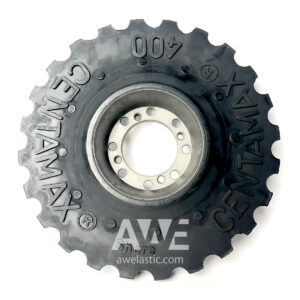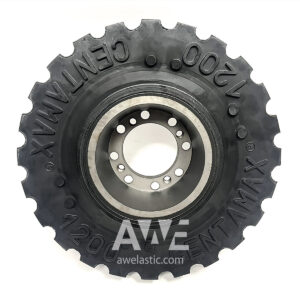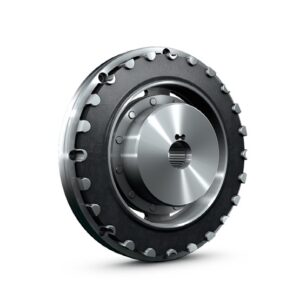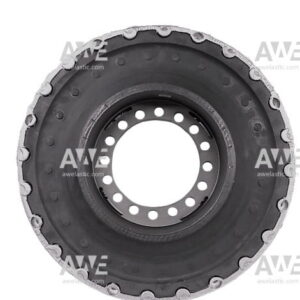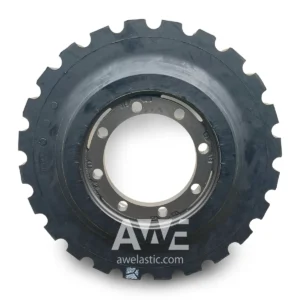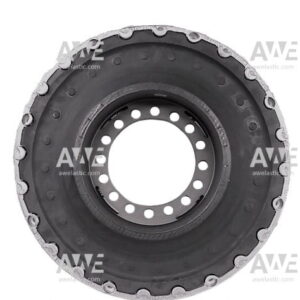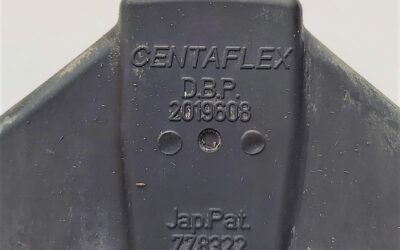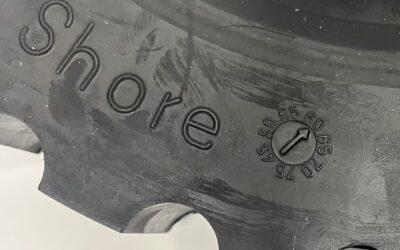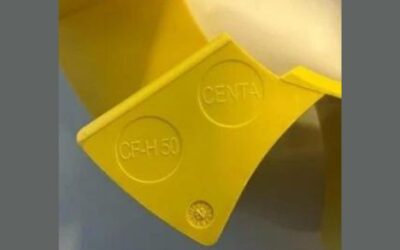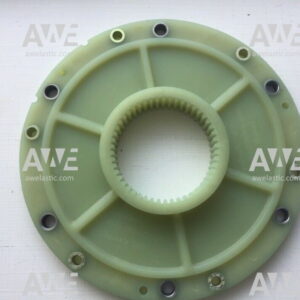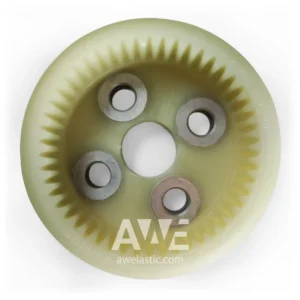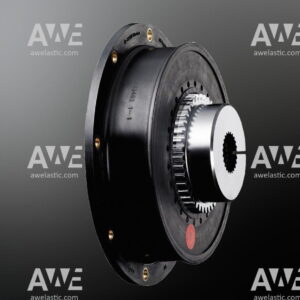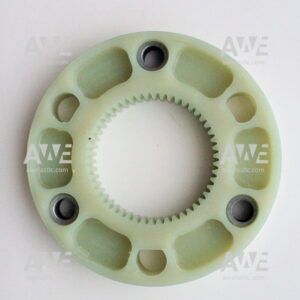Read Article Read Article Discussion - Centaflex-D.B.P-2019608-JAP.Pat-778322 Centaflex-D.B.P-2019608-JAP.Pat-778322...
CENTAMAX Couplings for Marine, Powergen & Heavy Equipment – Original. In Stock. Ready to Ship
CENTAMAX Couplings for Marine, Powergen & Heavy Equipment – Original. In Stock. Ready to Ship.
Centamax Coupling – The Ultimate Marine, Rail and Industrial Solution
Key Features and Benefits:
Designed for Excellence
Trusted by Industry Leaders
CENTAMAX Coupling Performance – Understanding Shore Hardness and Its Impact
Read ArticleRead ArticleDiscussion - Shore hardness is a key factor in determining the performance of elastomeric...
Centamax couplings: Choosing original parts over aftermarket alternatives.
To deepen the understanding of CentaMax couplings and their significance in industrial applications, it is essential to focus on the intricacies of their design, the precision engineering involved, and the impact of choosing original parts over aftermarket alternatives.
Centamax Couplings: Enhancing Power Transmission and Durability in Demanding Industrial Applications
Centamax couplings are high-performance, torsionally flexible couplings designed for demanding industrial applications where reliability, durability, and efficient power transmission are critical.
How to identify Centaflex H coupling?
Centaflex H couplings usually consist of plastic element and aluminum inserts. In most cases it is enough to replace only plastic element. If there are damaged aluminum inserts, they can be replaced as well.
How to identify Centamax coupling?
To identify correctly Centamax element there are several possible options. Method 1: Using Description or drawing number. You may find complete description or drawing number from documentation of your machinery.


